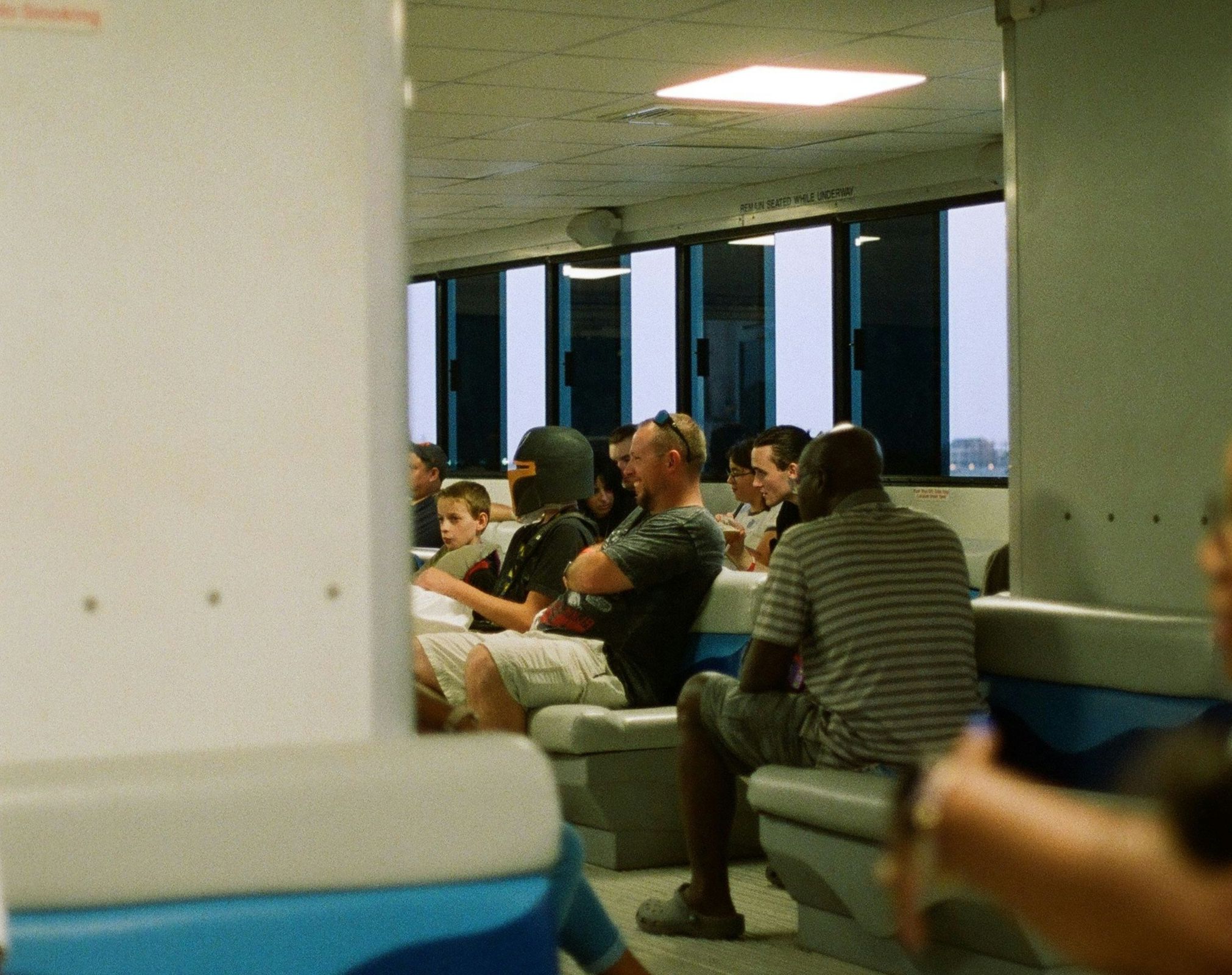The figure, which was revealed by RCEM's president Dr Adrian Boyle at the launch of the newly formed All-Party Parliamentary Group (APPG) on Emergency Care, represents a 20% rise in the number of A&E linked deaths compared with 2023.
Dr Boyle said: ‘I am at a loss as how to adequately describe the scale of this figure. It's sobering, heartbreaking, devastating and more.'
Last year, more than 1.7m patients waited 12 hours or more to be admitted, discharged or transferred from A&E, up almost 14% more compared to 2023. Of these patients, 69.2% were waiting to be admitted to a ward for further care.
Using the Standard Mortality Ratio – a method which calculates that there will be one additional death for every 72 patients that experience an 8–12-hour wait prior to their admission – RCEM estimates there were 16,644 associated excess deaths related to stays of 12 hours or longer before being admitted, equivalent to 320 people lost every week.
Dr Boyle also revealed 478,901 patients waited more than 24 hours in A&E last year, or one in every 35, up by 100,410 more compared to 2023.
Earlier this year, the ONS published data that found patients who endure a stay of 12 hours in an ED are twice as likely to die within 30 days as those treated, admitted or discharged within two hours.
Reaction
Liberal Democrat health and social care spokesperson Helen Morgan said: ‘The health secretary must step up, free up much-needed hospital beds by overhauling social care as he has pledged to do and back our campaign to end corridor care by the end of this Parliament. That is what the public deserves.'
Rory Deighton, acute director at the NHS Confederation, said: ‘Measures to tackle long waits are being introduced across the NHS, including more same-day emergency care services, improved community provision and virtual wards. But if these long term-problems are going to be addressed there needs to be urgent action to support the social care sector, where low pay and long hours have led to huge gaps in staffing, with more and more providers closing, feeding instability into a struggling system.'
Hayley Smith, strategy and transformation director at the Darwin Group, said: ‘We need to make greater use of modular construction to tackle poor care and reduce bed shortages. With pressure mounting on A&E departments fast, flexible infrastructure is no longer optional it's vital. Modular construction can offer ready to deploy solutions to address these capacity challenges – with new wards, additional beds and staffing available in weeks.'



